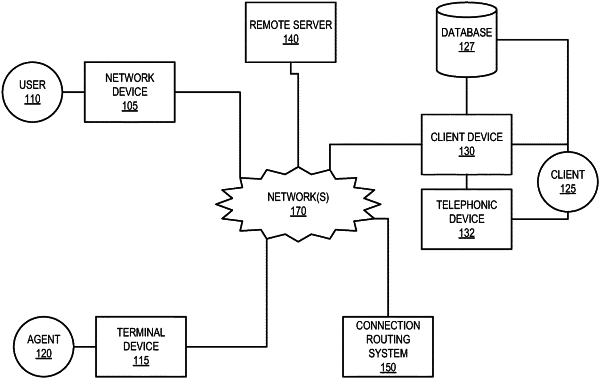| CPC H04M 3/5232 (2013.01) | 30 Claims |

|
1. A computer-implemented method comprising:
receiving an incoming request for a user communication;
performing a message assessment on the incoming request, wherein the message assessment assigns a metric or a set of factors determined in association with a workload model to predict an upcoming workload for the user communication;
identifying an agent to handle the user communication, wherein the agent is identified based on a skill match to the metric or the set of factors, and wherein the agent is further identified based on a current workload capacity for the agent being sufficient to handle the upcoming workload predicted by the workload model;
routing the incoming request to the agent; and
generating an updated current workload capacity for the agent based on the upcoming workload, wherein the updated current workload capacity includes a buffer in order to address spikes or shifts in workload intensity.
|